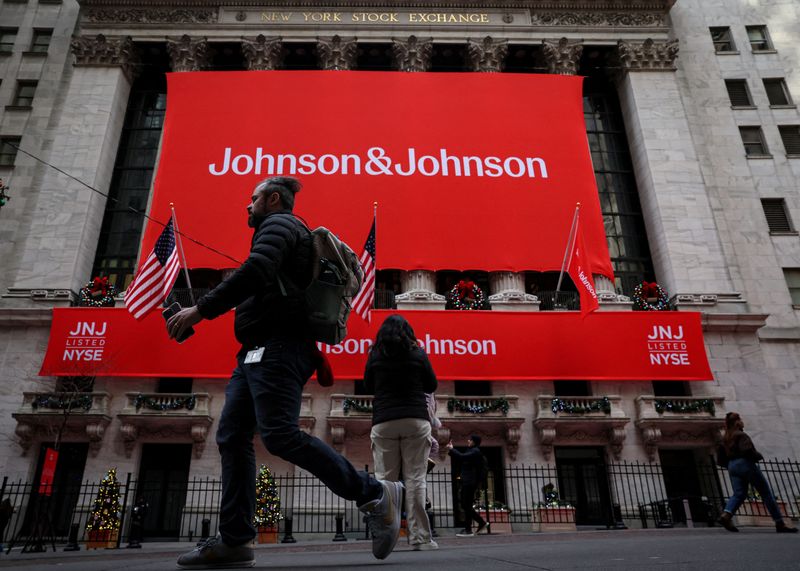Expectations for Lululemon’s China business “may be too high,” Morgan Stanley says

Investing.com — Lululemon Athletica (NASDAQ:LULU) has taken a “thoughtful and localized” approach to its operations in China, but forward expectations for the athleisure group’s business in the country may be too high, according to analysts at Morgan Stanley.
In a note to clients on Tuesday, the analysts said the Canada-based firm known for its high-end yoga pants has become one of the few Western specialty retailers to successfully enter the Chinese market, adding that it is the third-largest non-domestic sports apparel player in the region behind Nike (NYSE:NKE) and Adidas (OTC:ADDYY).
Lululemon’s top-line growth in China is now tipped to grow at a “roughly high teens percent” compound annual rate over the next five years, according to the Morgan Stanley analysts’ base-case projections.
However, this assumption — coupled with an expectation that Lululemon’s percentage growth in North America and the rest of the world can register in the low-single digits and mid-teens in the next half-decade, respectively — “suggests a mid-single digit percentage downside risk to [Wall] Street total revenue estimates in the next three to five years,” the analysts said.
They added that their analysis indicates that Lululemon may also fall “a touch short” of its 2026 target of quadrupling its international business versus 2021 levels.
As a result, they reduced their medium-term revenue and earnings per share predictions for the company, and lowered their price target to $314 from $326.
Yet the analysts added that this shortcoming “may not come to a surprise to the market” given recent macroeconomic headwinds around the world, especially in China.
Shares in Lululemon edged down slightly in premarket US trading on Tuesday, and have shed more than 46% so far this year.
In August, the group slashed its annual sales and profit guidance. Comparable sales also missed estimates, as a 21% spike in Chinese sales was offset by weak demand from cost-conscious shoppers in North America.




